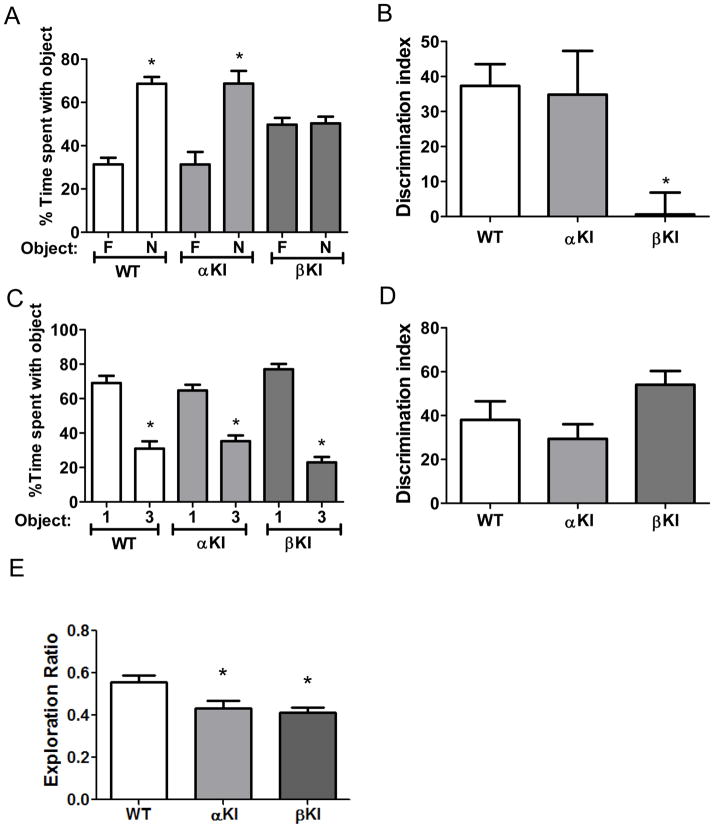Figure 2. GSK3 isoform-dependence of performance in three cognitive tasks in male mice.
(A,B) Performance of wild-type (WT) mice (n=11), GSK3α knockin (αKI) mice (n=12), and GSK3β knockin (βKI) mice (n=10) on novel object recognition. (A) Percent time spent exploring the novel (N) and familiar (F) object. Means ± SEM; *p<0.05 compared to time spent with the familiar object. (B) Discrimination index. Means ± SEM; *p<0.05 compared to WT mice. (C,D) Performance of WT mice (n=12), GSK3α KI mice (n=12) and GSK3β KI mice (n=9) on the temporal order task. (C) Percent time spent exploring the first (1) and last (3) object presented. Means ± SEM; *p<0.05 compared to time spent with object 1. (D) Discrimination index. Means ± SEM. (E) Performance of WT mice (n=12), GSK3α KI mice (n=12) and GSK3β KI mice (n=9) mice in the coordinate spatial processing task. Means ± SEM; *p<0.05 compared to WT mice (one-way ANOVA, F(2,32)=6.14).

